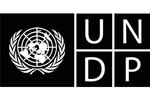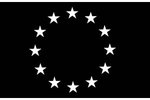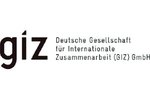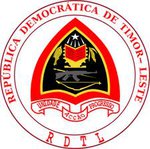Geeks don’t belong locked in a server room
A field visit can be worth a thousand hours in the office.
By Raphael Merx, Head of Governance and Transparency at Catalpa International
“Oh, but I never really enable mobile data. It drains my battery!”
A user of our mobile app said this to us in Same, Timor-Leste. We were a little surprised — and yet in the field, it seemed so clear.
Same (pronounced sah-may) is a town 81km south of Timor-Leste’s capital, Dili. Set amidst tall green hills, flowing fresh water and a pretty incredible concentration of palm trees, Same is the nearest town to the pilot village for our Hamutuk program: Holarua.
The mobile app helps our field-based partners interact with households that participate in the program, which aims to reduce malnutrition and stunting. Through the app, our partners collect data by asking and recording information, such as the number of children under two. That helps us understand the relevance of behaviours like breastfeeding and keeping girls in school to particular families. The app also enables collaboration with other organisations, and lets partners share video messages to change behaviours for better nutrition outcomes.
Before our trip to Same, we wondered we had a low number of partners entering information into the app. They’d made several visits to the community, but we’d barely seen any updated data. And after pushing out an app update two weeks earlier, very few phones had received it.
We started wondering if a thorny bug was lurking in our app. Once in Same we spent time with our partners who use the app, in the context where they’d use it.
It turns out most of them didn’t enable cellular data often, let alone while using the Hamutuk app. We enabled cellular data on their phones, and tons of household data started pouring in.
Here’s the thing: as a team of engineers and project staff, our assumption had been that people generally want to be connected to the internet via their smartphones. But that assumption wasn’t necessarily context-specific.
In reality, our users would enable mobile data to open Facebook or search for something online. But then they’d disable it again to conserve battery and make sure they didn’t use up their mobile pulsa (phone credit).
That’s a user behaviour we hadn’t necessarily considered in our initial design, and we’d only observed it as engineers in the field. We designed the app to work entirely offline, hoping to create a simpler, more pleasant experience for our users. Rather than dealing with sync buttons or worrying about losing connection in the mountains around Same, we created an experience where connectivity wouldn’t cause problems for the user.
The app would simply sync whenever mobile network — generally cellular data, as Wi-Fi is extremely rare in Timor-Leste — was available. That might be at the next household they visit, or on a following week’s field trip.
But if mobile data is never enabled while the app is open, it’ll never sync.
As engineers, it’s a little too easy to spend days in front of code editors. Building, designing and fixing software products takes time, and developers often stay in the office while project management staff conduct field visits to monitor outcomes and track progress.
And yet we’ve been finding more and more that taking engineers away from the server room is always worth it. That is, as long as we manage to keep our electronics dry in the midst of the rainy season.
After what we learned from our visit to Same, we brainstormed with our team. We wanted to devise a few strategies to create a better experience for our partners, while ensuring we received the data that could be life-changing for many households. We started by explaining to our partners the importance of opening the app when cellular data is working.
We’re also planning a few changes to our UX. We’re looking at either implementing a sync button (which we initially thought it was a more complicated user experience — but it turns out that’s what our partners are familiar with using), or scheduling background tasks so the app syncs whenever the phone is online.
For us, field visits are the backbone of understanding users. Building human-centered products requires a whole lot of user testing and feedback. And if you’re designing for people, you need to spend time with them.
Those people also make our technology part of a bigger picture to impact people’s lives for the better. It’s invaluable to meet them, tap into their experiences, and get a pair of fresh eyes to look at what we’ve grown accustomed to staring at day in and day out.
Plus, as we’ve seen even more clearly now, making assumptions can diminish the impact of a solution. We need solutions specific to a context, designed with a deep understanding of that context.
That’s why a field visit can be worth a thousand hours in the office.
. . . . . .














